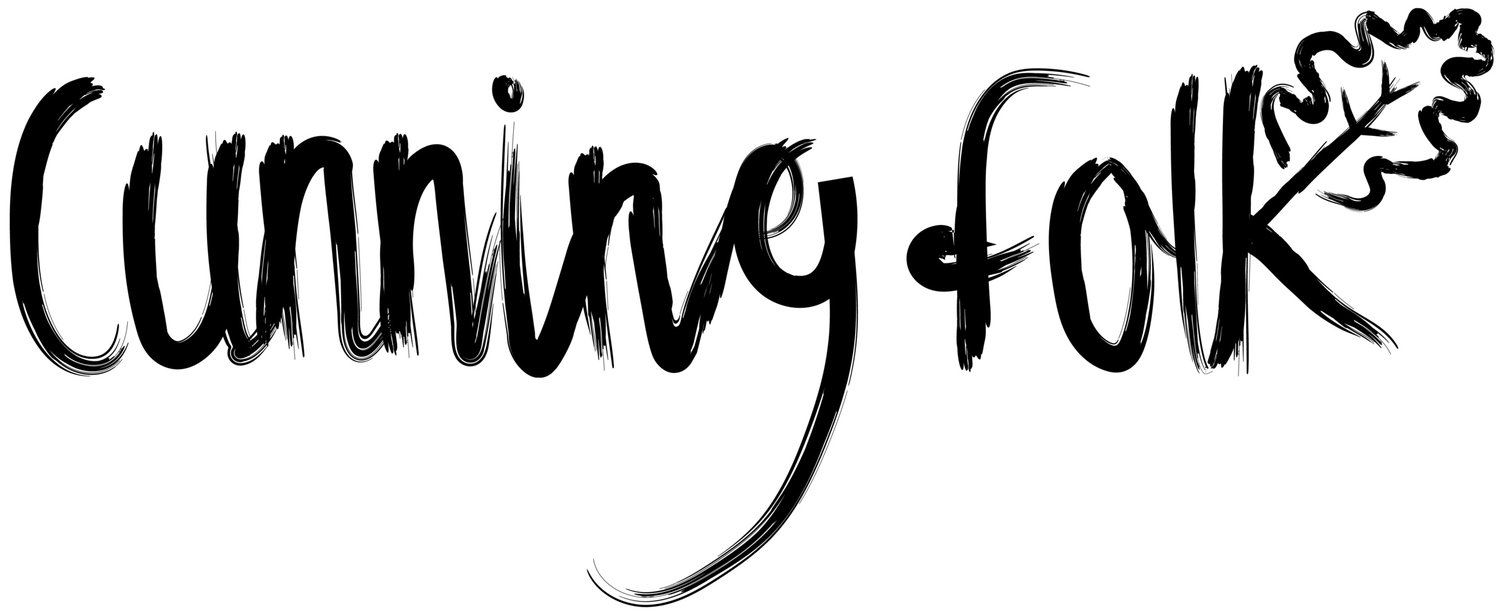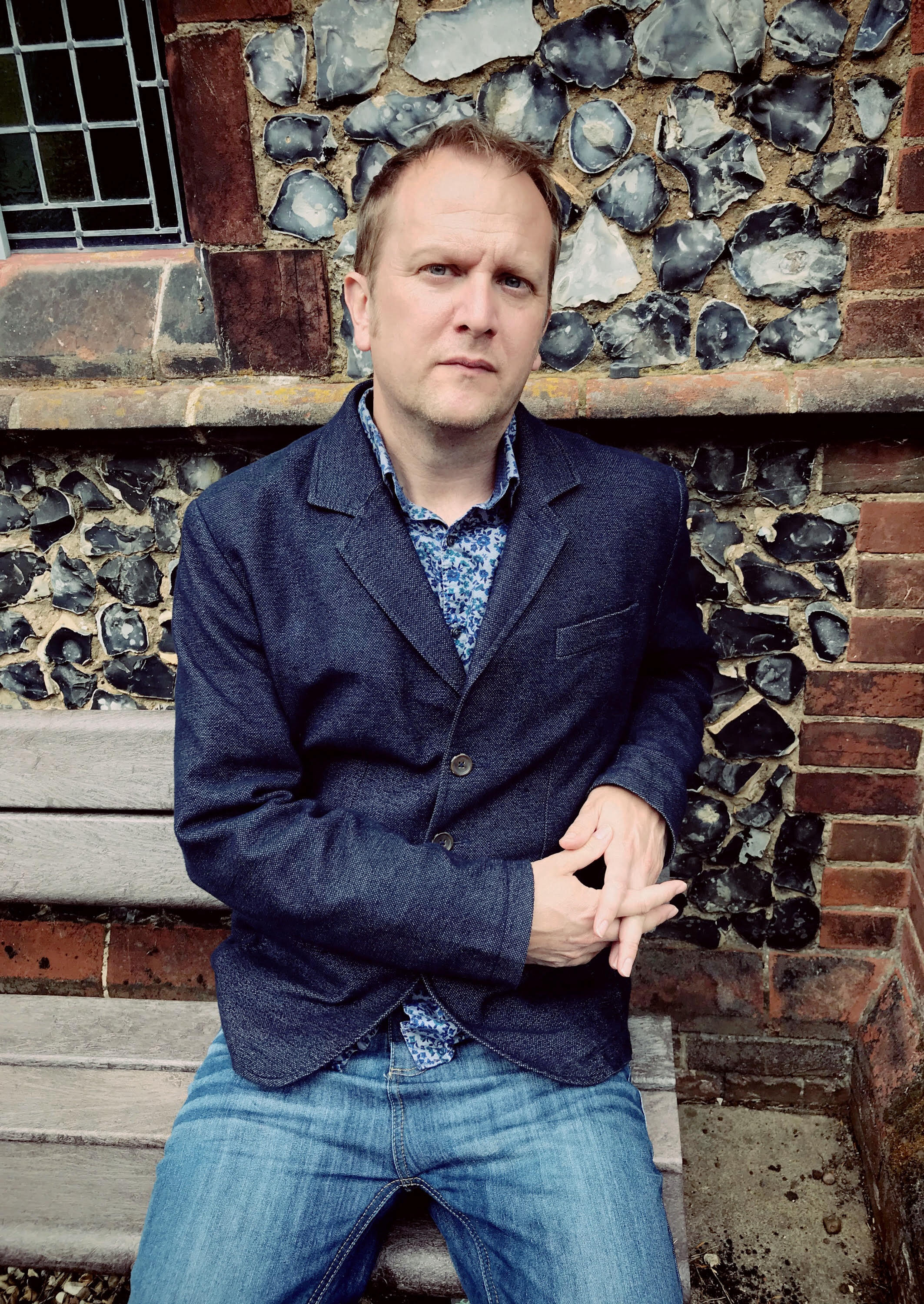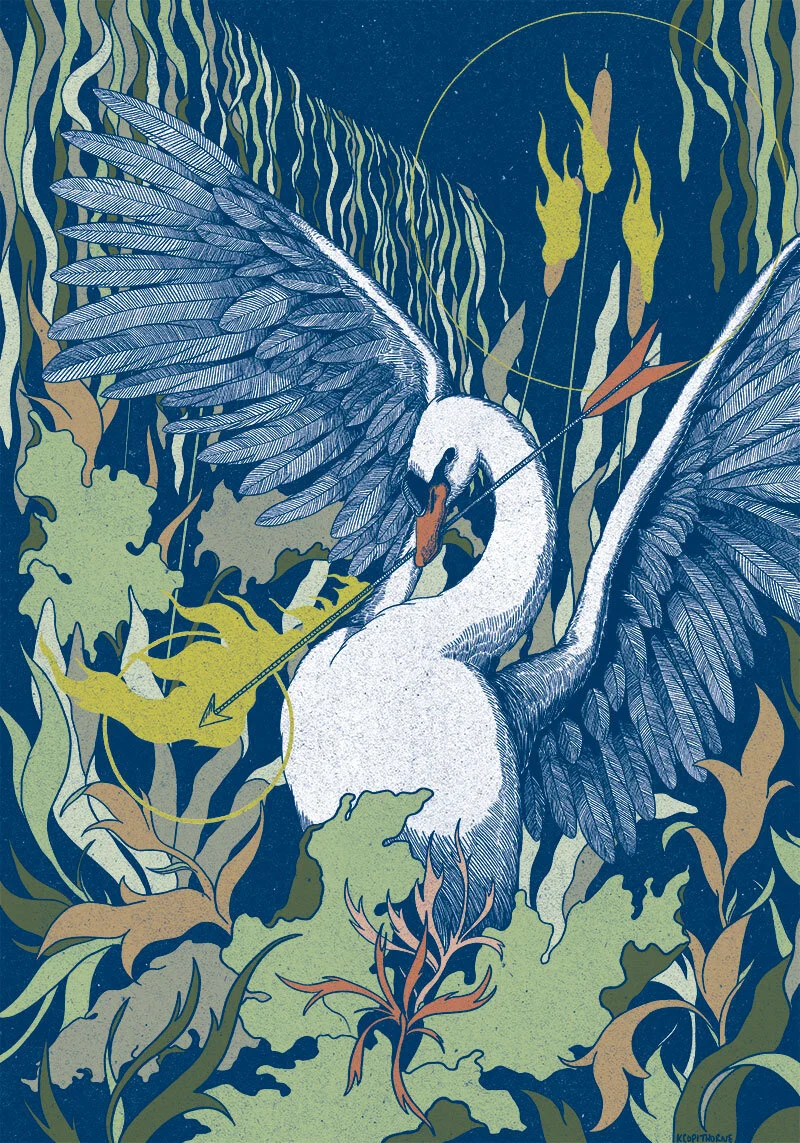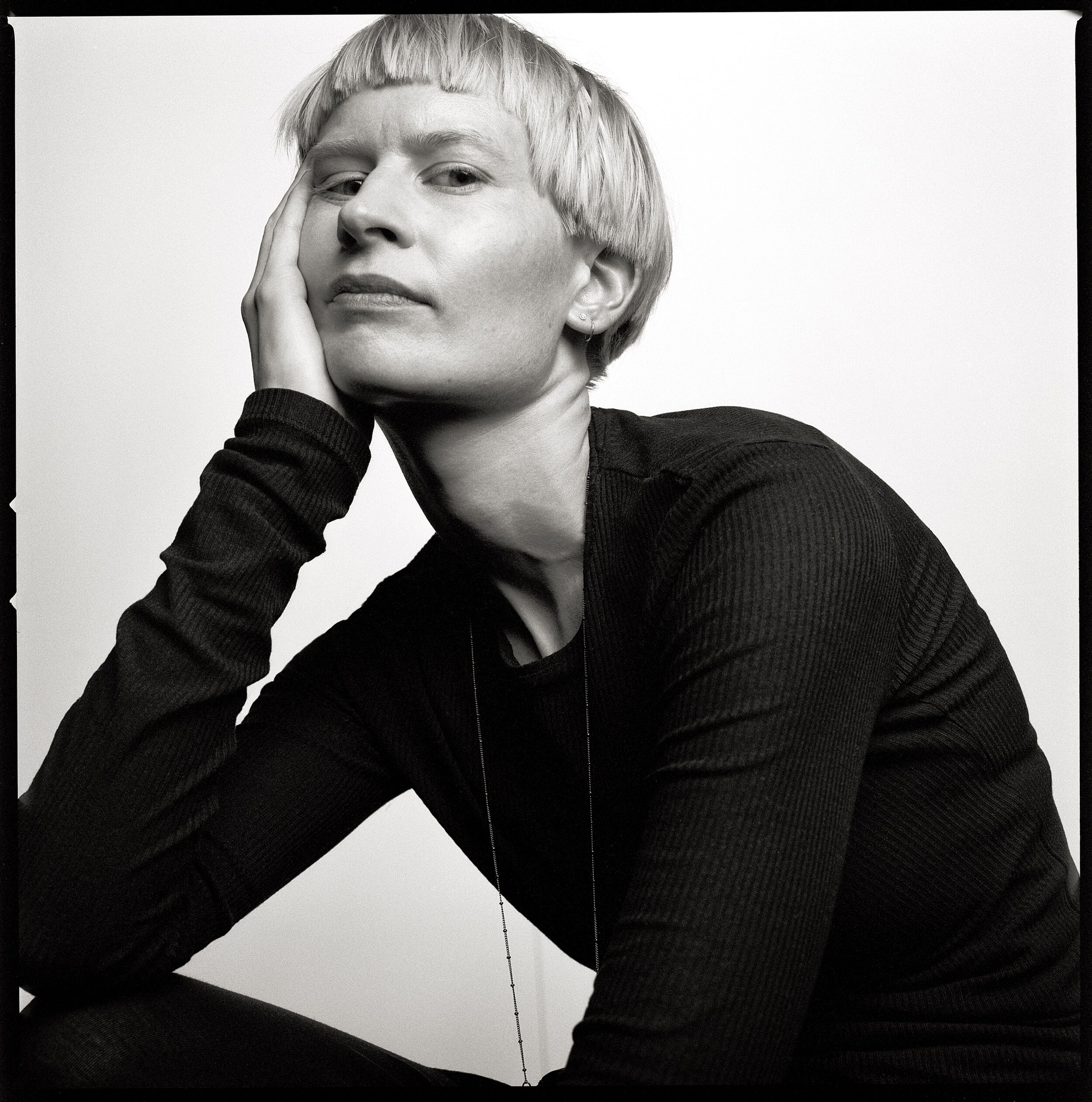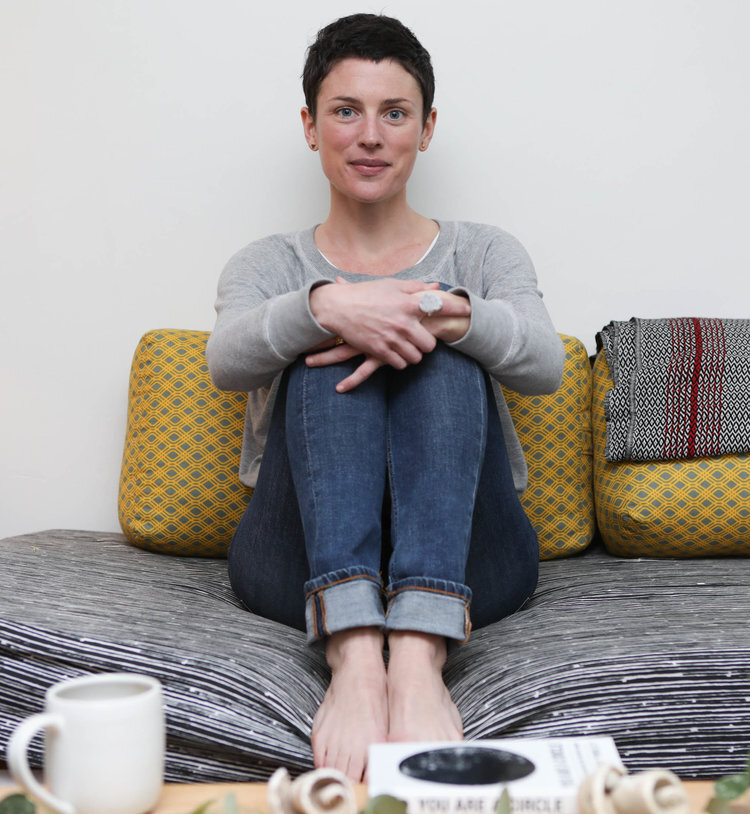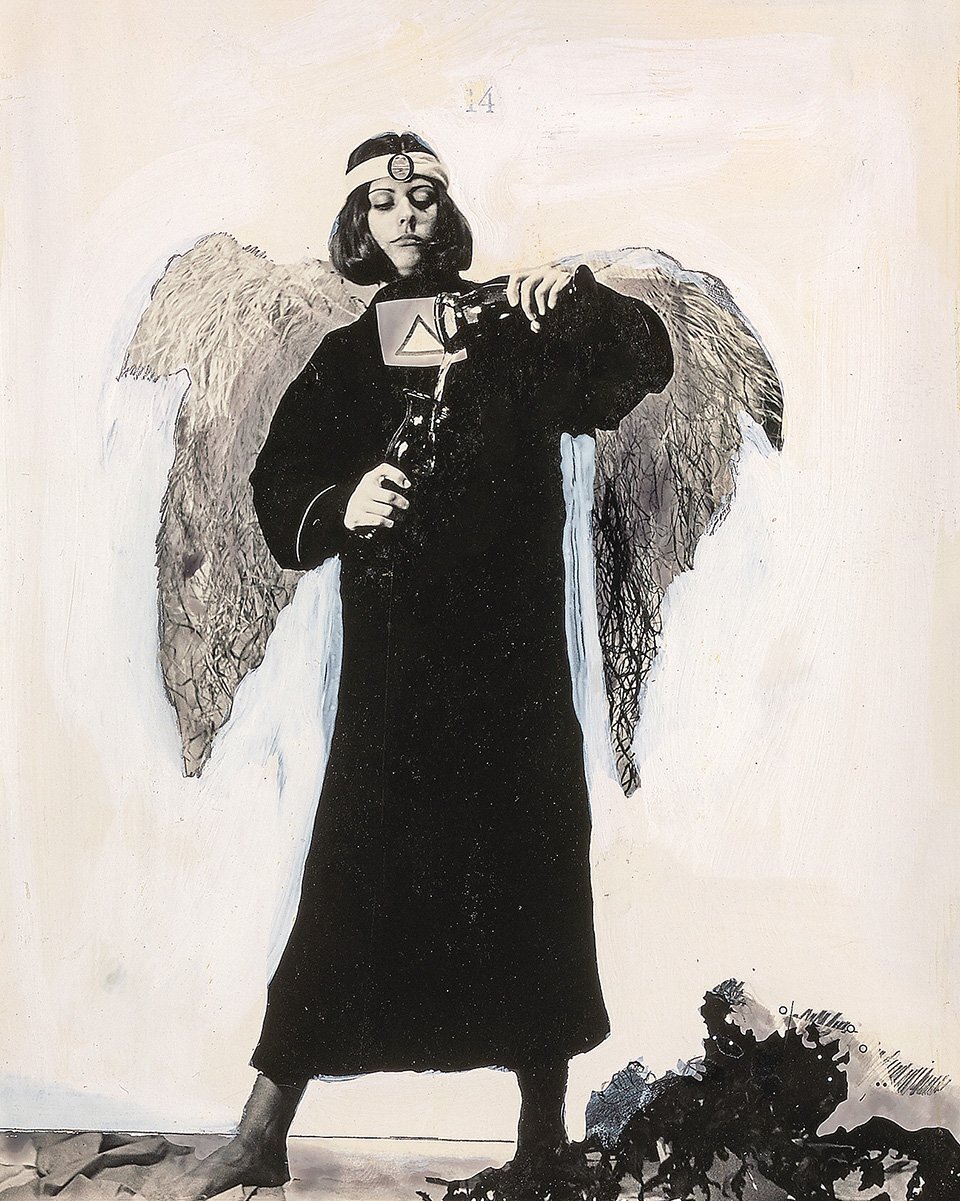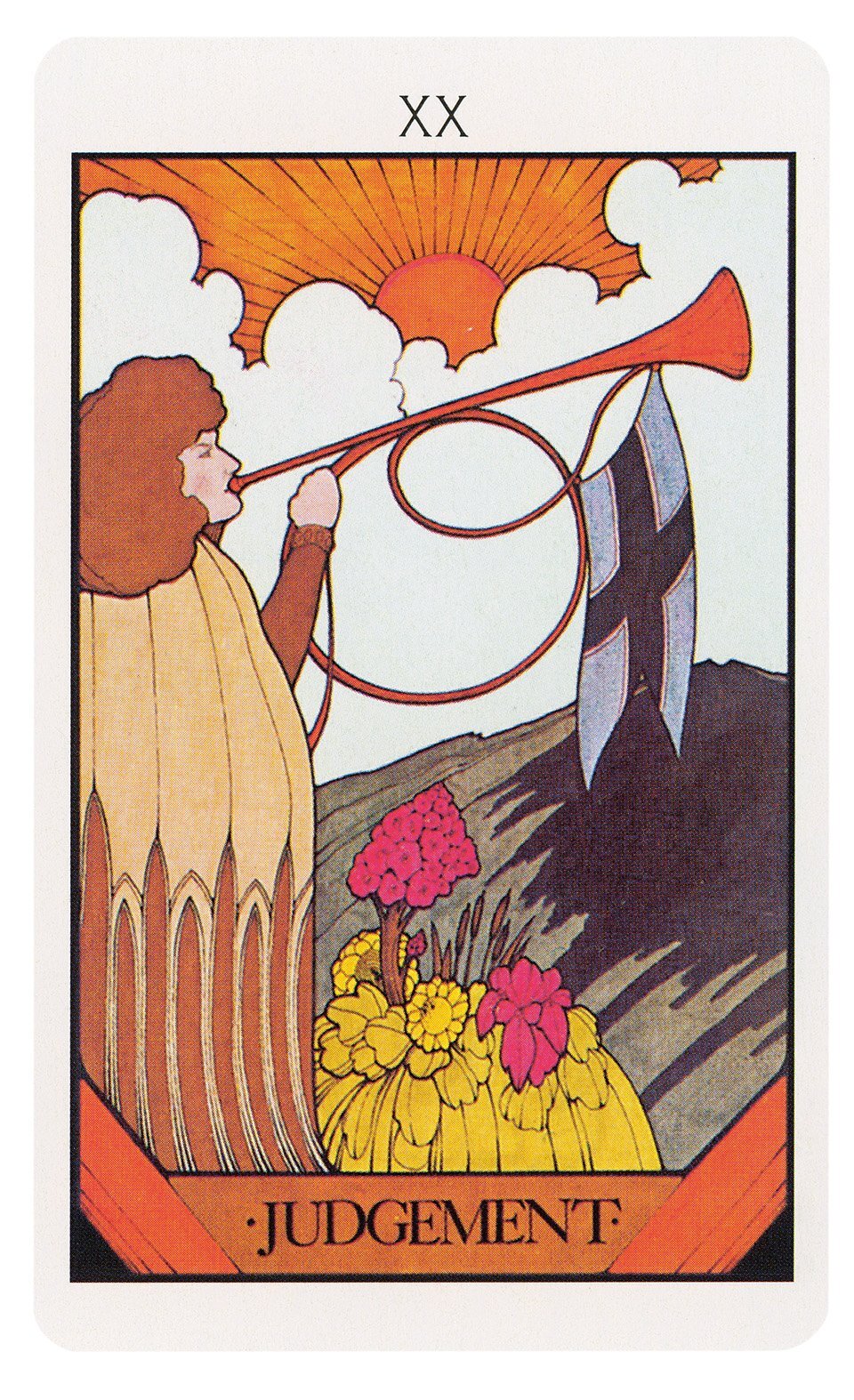Afia Atakora was born in the UK and raised in New Jersey; she is author of debut novel, Conjure Women. Her fiction has been nominated for a Pushcart Prize and she was a finalist for the 2010 Hurston/Wright Award for college writers. Set around the time of the America Civil War, Conjure Women follows the journey of midwife, Rue, as she navigates growing suspicion from the village community when a mysterious illness descends following the birth of an apparently unusual child that Rue feels compelled to protect. The narrative deftly weaves pre and post war narrative time-line with themes of womanhood, friendship and witchcraft. I spoke with Afia via email about folk magic, womanhood, and identity.
Photo: © Edwin Tse
Yasmina Floyer What inspired you to write Conjure Women?
Afia Atakora I’ve always been drawn to the enduring wisdom of folklore and folk magic. So many of the stories and practices that are passed down through generations are about preserving culture and imparting a self-sufficient means of survival. Particularly in cultures displaced by slavery or strife, the fact that the legacy of magic endures is deeply powerful. The determination to pass down these histories so often falls to women, so it felt natural to begin to explore the midwife, a fixture who appears in so many cultures, and begin to render her as more than the old healing witch in the woods. What does she look like young? How did she learn her role and how does she feel about it? I began with all these questions and slowly Rue began to form, to answer them.
YF The story unfolds around the time of Civil War, why were you drawn to write about that period in history?
AA When I began studying this time period, I had no intention of writing a novel about it. The research was for myself. As a Black woman living in America, I felt that I had a very limited understanding of the history of slavery and emancipation, particularly in the years just after the Civil War. We get this broad-strokes overview, “the slaves were freed and all was well.” When it came time to explore my archetypical “folk healer” where better to place her wisdom and skills than in the years just after the Civil War, when so many deep hurts needed healing?
YF What sort of research did you do?
AA A huge resource were the interviews conducted by the Works Progress Administration, a US government agency, who in the 1930s collected the memories of former slaves. Much of these histories are anecdotal, but they represent rich shared memories of the experience of enslavement. From these I collected little snippets of familial practices: lists of herbs, beliefs and colloquial remedies. I was fascinated by the personal practices that echoed each other across the vast US South and across time. Similarly, I was influenced by folk practices that still exist today, particularly those that are practiced in West Africa and are antecedents for other diasporic practices. I explored my own family history and traditions and wrote about those too.
YF Were there also folktales from your childhood that fed into the creation of CW?
AA My parents are immigrants from Ghana, but I was born in the UK and raised in the US. I grew up with their stories from “back home,” chief among these were the tales of Anansi the trickster. As I grew up and began to try to define my own identity in the US, I found the Brer Rabbit stories. It was sort of a revelatory experience to rediscover these trickster tales in a completely different setting and yet still wholly intact from the bedtimes stories that migrated with my parents. I wanted the history of memory within Conjure Women to mirror the experience I had in defining and discovering myself, as well as the enduring spirit of Black identity.
YF Were any characters based on people from your life?
AA None of the characters were fully based on real people, however I drew inspiration from my own experiences to shape the relationships in the story, especially between Rue and her mother Miss May Belle. My own mother worked as a nurse and home health aide while I was growing up and I often observed her interactions with her patients, the way that all children do, trying to understand the world and their eventual place in it. Similarly, the character of Ma Doe, who is a symbol of the long memory of Rue’s community, is named for my grandmother, who passed down so much of her matriarchal wisdom.
YF Our protagonist Rue makes really difficult decisions in the novel, choosing to do awful things for what she believes to be the right reasons. Do you see Rue as a heroine or villain?
AA I decided very early on that I did not want there to be any clear heroes or villains in this story. I was determined to explore slavery in particular from a complex psychological stand point. What deep wounds might enslaved people carry with them? In what ways do they go about healing them or visiting wounds upon others as a means of survival? How has the violence of slavery been perpetuated throughout time, in complex insidious ways, in ways we might not even immediately recognize? In the course of the novel Rue makes a lot of hard decisions, sometimes the wrong ones, but ultimately, I believe her story is one of redemption and self-discovery.
YF The townspeople begin to call Rue a witch. Do you identify her as such?
AA I very intentionally chose the term “witch” for the accusation thrown against Rue. There’s so much historical connotation to the word, so much of it negative and so much of it female. Rue and her mother possess mysterious skills throughout the novel, but Rue only becomes a “witch” in the eyes of the town people after they feel that she has failed them. The echo of that insult is not only that you are a strange woman but that you are a solitary one and women who live outside of the boundaries of society ought to be castigated for it. She becomes a dangerous witch in the eyes of the community particularly when she uses her powers to her own advantage, again an insinuation that a woman must never be concerned with her own needs or ambitions, but give of herself endlessly. Much of the story is about Rue taking ownership of this term, “witch”, of becoming not only proud of her abilities but proud to be a brave, independent spirit.
YF I love how you depict the women in the book as young girls navigating the transition into women. Why are you drawn to this period of womanhood?
AA There are many, many themes in Conjure Women but for me, the coming-of-age of young women is one that is paramount to the telling. While Rue’s experiences growing up, enslaved and then freed, are specific to this era, her relationship with girlhood is timeless. I was fascinated by the way that young girls emulate, learn from, and sometimes reject their mothers. I was drawn as well to bonds of friendship that women form with one another and the ways in which that changes as they grow up, especially within the constraints of a society which has clearly defined roles for what it means to be a woman of a particular race.
YF The novel explores identity and how identities shift depending on time and place, gender and race. What do you hope the reader will take away from the novel?
AA I hope that the novel portrays historical characters and enslaved persons as full-bodied people, not just caricatures, or object lessons, or bullet points in history. They lived full unique lives, sometimes flawed, sometimes painful, sometimes hopeful. The institution of slavery has cast a long shadow not only in America, that shadow remains and needs reckoning with. Despite the pain and the darkness, we owe it to these people to explore their histories and legacies. We owe it to ourselves, too.
